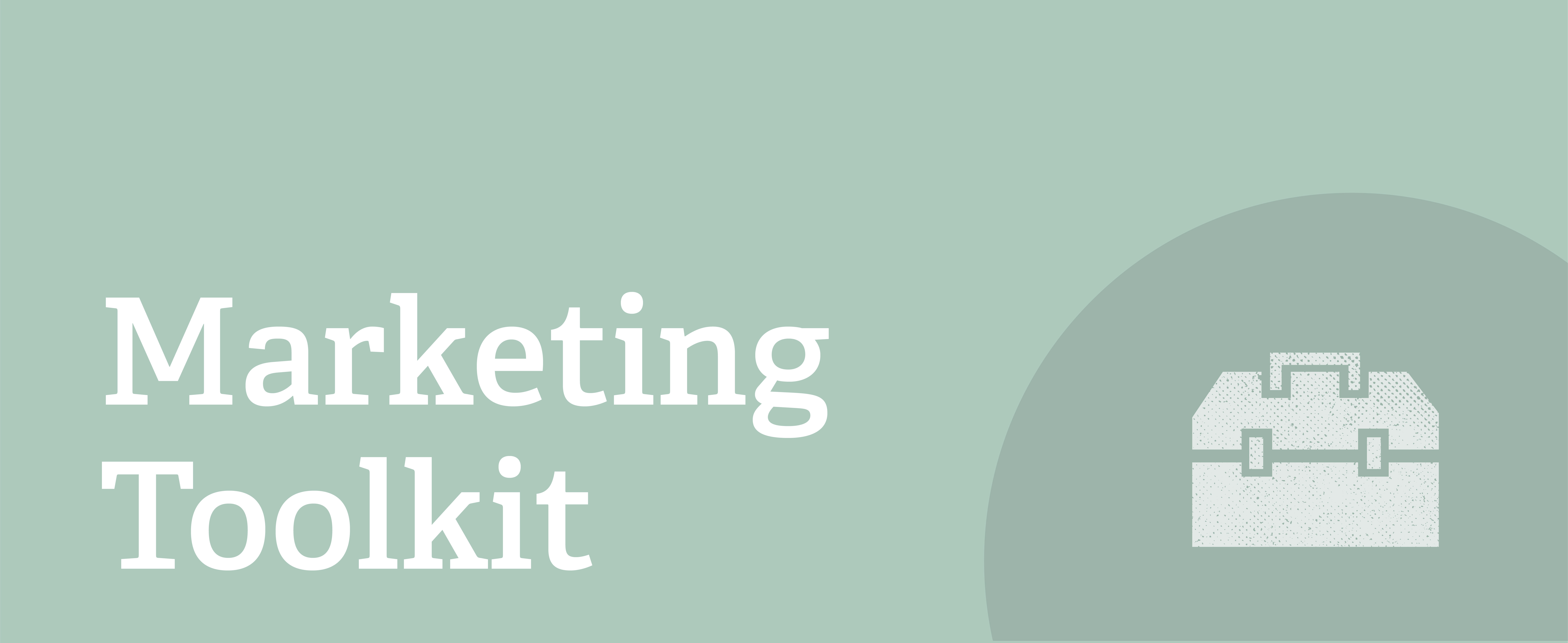An Introduction to Application Programming Interface
What is an API?
Application Programming Interface, or API, is an interface that allows multiple software applications or a mix of hardware and software devices to talk to one another.
How does an API work?
If you desire to bring in additional services or functionality that are not native to a given platform’s offerings, connecting to a third party solution via an API is your answer. APIs typically allow the front-facing portion of your website or application that you see and interact with to pull in rich data from an outside source via the call and response method: by interacting with the U.I., the user requests a specific desired behavior (call) from the system and the system provides the data requested back to the user (response). If you’ve ever checked the weather on your phone, checked your email on your computer, or browsed Netflix on your smart TV, you have engaged with an API.
What role does an API play in your marketing strategy?
The use cases for integrating APIs with your system are endless. WordPress and other popular CMSs out of the box functionality for your organization’s website can be greatly expanded by integrating with third party data, features, and functionality via an API. Want to add eCommerce to your site? There is a Shopify API for that. Want to integrate your CRM with Salesforce? There is likely an API for that, too. Want to monitor all of your social media performance through the various channels you manage via a single source? Sprout Social uses APIs to interface directly with Facebook, Twitter, Instagram, and others.
There are two primary types of APIs: closed/proprietary APIs and open APIs. Proprietary APIs are purpose built and require custom programming to interface with your platform. Open APIs, on the other hand, are open-sourced; they are standards-based and can more easily be integrated into your platform, typically requiring significantly less effort.
The Benefits of Using an API
APIs represent a fast, efficient and effective way to enhance your digital offering with third party features and functionality. They allow you to harness the power of existing resources vs. having to create custom solutions 100% in-house.
Keep Reading
Learn more about related tools, methods, and best practices in the Marketing Toolkit:
